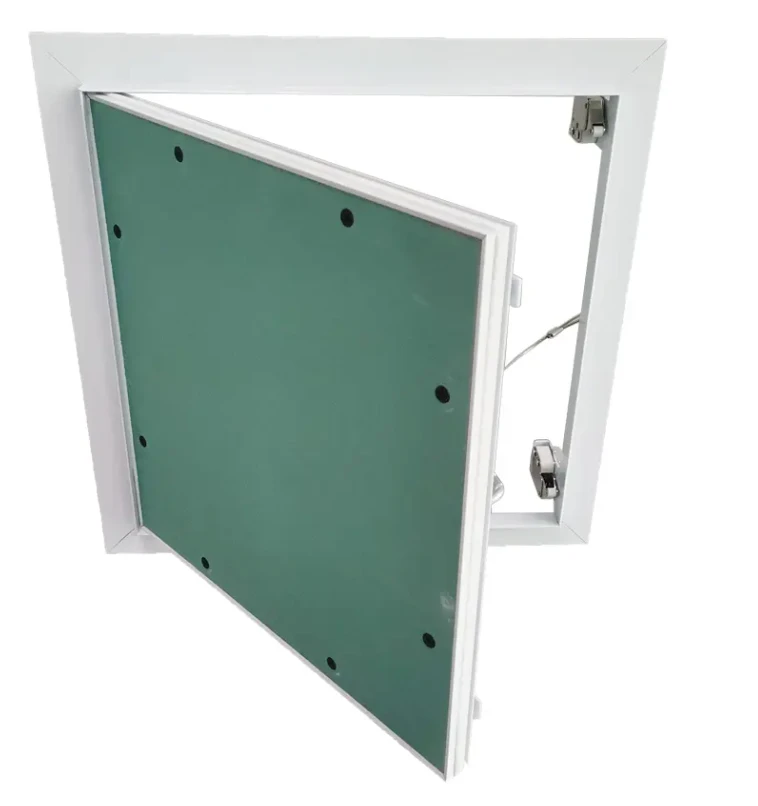- Afrikaans
- Albanian
- Amharic
- Arabic
- Armenian
- Azerbaijani
- Basque
- Belarusian
- Bengali
- Bosnian
- Bulgarian
- Catalan
- Cebuano
- Corsican
- Croatian
- Czech
- Danish
- Dutch
- English
- Esperanto
- Estonian
- French
- German
- Greek
- Hindi
- Indonesian
- irish
- Italian
- Japanese
- Korean
- Lao
- Malay
- Myanmar
- Norwegian
- Norwegian
- Polish
- Portuguese
- Romanian
- Russian
- Serbian
- Spanish
- Swedish
- Thai
- Turkish
- Ukrainian
- Uzbek
- Vietnamese
Dis . 01, 2024 22:45 Back to list
main t ceiling grid
Understanding Main T Ceiling Grid A Comprehensive Overview
In the realm of modern architecture and interior design, the ceiling is an often-overlooked element that plays a crucial role in a building's aesthetics and functionality. One notable feature of ceiling design is the main T ceiling grid, an essential structural layer that supports various ceiling types. This article delves into the concept of the main T ceiling grid, its components, advantages, installation processes, and its significance in enhancing the overall environment of both residential and commercial spaces.
What is a Main T Ceiling Grid?
A main T ceiling grid is a suspension system used primarily to support ceiling tiles or panels. This framework is composed of horizontal and vertical supports, often referred to as main tees and cross tees. The main tees run parallel to the longest side of the room, while the cross tees connect perpendicularly between the main tees, creating a grid-like pattern. This system allows for easy installation, maintenance, and versatility in incorporating various ceiling materials.
Components of a Main T Ceiling Grid
1. Main Tees These are the primary structural members, typically one to two inches wide and available in varying lengths. They are designed to bear the load of the ceiling tiles. 2. Cross Tees Cross tees are shorter components that fit into the main tees, helping create the grid framework that determines the size of the ceiling panels.
3. Hangers These vertical elements secure the main tees to the building structure above, ensuring stability and strength.
4. Borders and Edges The grid system is usually completed with edge trims or borders that provide a finished look and ensure a snug fit for the ceiling tiles.
Advantages of Using a Main T Ceiling Grid
1. Versatility One of the most significant benefits of a main T ceiling grid is its adaptability. It can accommodate a wide variety of ceiling tiles, including acoustic panels, drywall, and decorative tiles, allowing designers to select materials that fit their aesthetic and functional needs.
2. Accessibility The grid provides easy accessibility to the space above the ceiling for maintenance purposes. This is particularly advantageous for commercial buildings where electrical, plumbing, and HVAC systems may require regular inspection and servicing.
main t ceiling grid

3. Sound Absorption Many ceiling tiles designed to be used with a main T grid are specifically engineered for sound absorption. This characteristic is vital in environments such as offices, schools, and healthcare facilities, where noise control can significantly impact productivity and comfort.
4. Aesthetic Appeal The grid system allows for a clean and organized appearance. By hiding wiring and ductwork, it contributes to a polished look, which can enhance the overall design of a space.
Installation Process
The installation of a main T ceiling grid involves several steps
1. Planning Before installation, careful planning is essential to determine ceiling height, grid dimensions, and tile type.
2. Support Placement Hangers are installed on the overhead structure, ensuring they are evenly spaced for stability.
3. Main Tee Installation Main tees are laid out and secured to the hangers, ensuring they are level.
4. Cross Tee Installation Cross tees are inserted perpendicularly to the main tees, forming the grid framework.
5. Tile Insertion Finally, ceiling tiles are placed into the grid, completing the ceiling installation.
Conclusion
The main T ceiling grid is a fundamental aspect of contemporary ceiling design, marrying functionality with aesthetic appeal. Its structural integrity, versatility, and user-friendly installation process make it a preferred choice for architects, builders, and designers alike. As our understanding of interior space evolves, the importance of a well-designed ceiling becomes increasingly apparent, not merely as a protective cover but as a vital component that contributes to the ambiance and usability of a space. Whether in a corporate office, a cozy home, or a bustling retail environment, the main T ceiling grid undoubtedly enhances the aesthetic and functionality of the built environment.
-
Transform Interiors with PVC Gypsum Ceiling: A Stylish, Durable, and Moisture-Resistant SolutionNewsMay.19,2025
-
The Smart Interior Upgrade: Discover the Durability and Versatility of Gypsum Ceiling Access Panel SolutionsNewsMay.19,2025
-
The Smart Choice for Interior Design: Discover the Value of PVC Gypsum Ceiling SolutionsNewsMay.19,2025
-
Mineral Fiber Ceiling Tiles: The Smart Blend of Performance and AestheticsNewsMay.19,2025
-
Mineral Fiber Ceiling Tiles: The Superior Choice Over Gypsum for Sound and Fire SafetyNewsMay.19,2025
-
Mineral Fiber Ceiling Tiles: Eco-Friendly Strength and Style for Every CeilingNewsMay.19,2025







